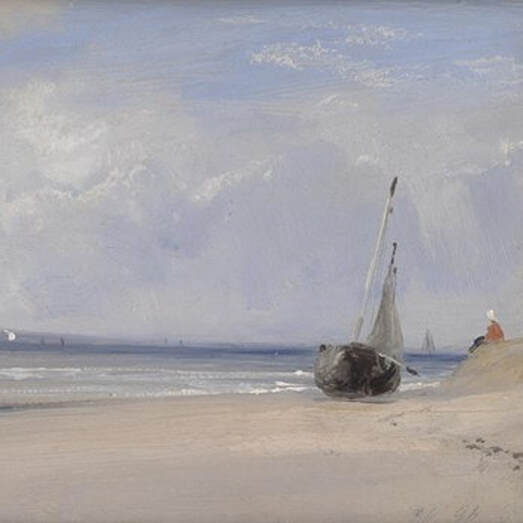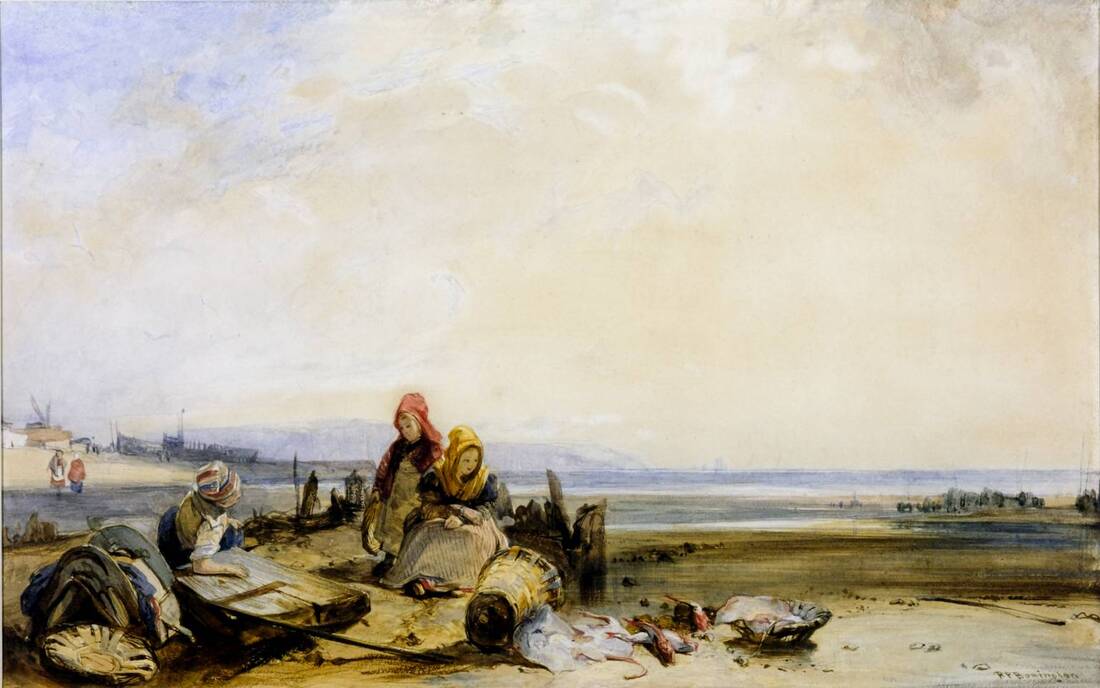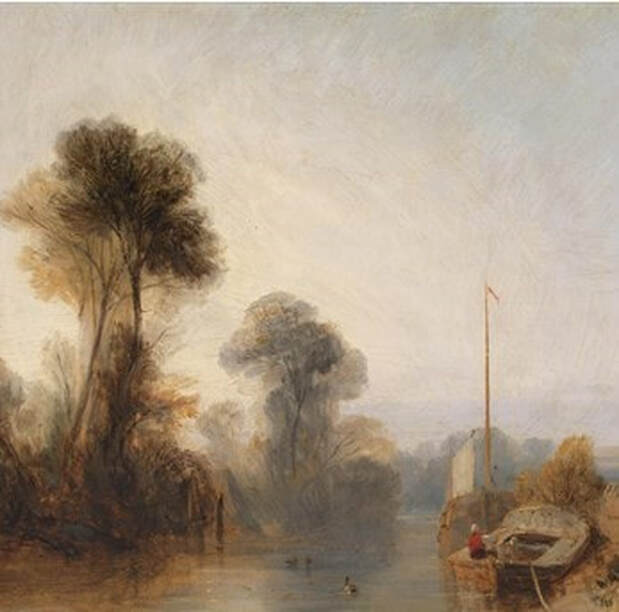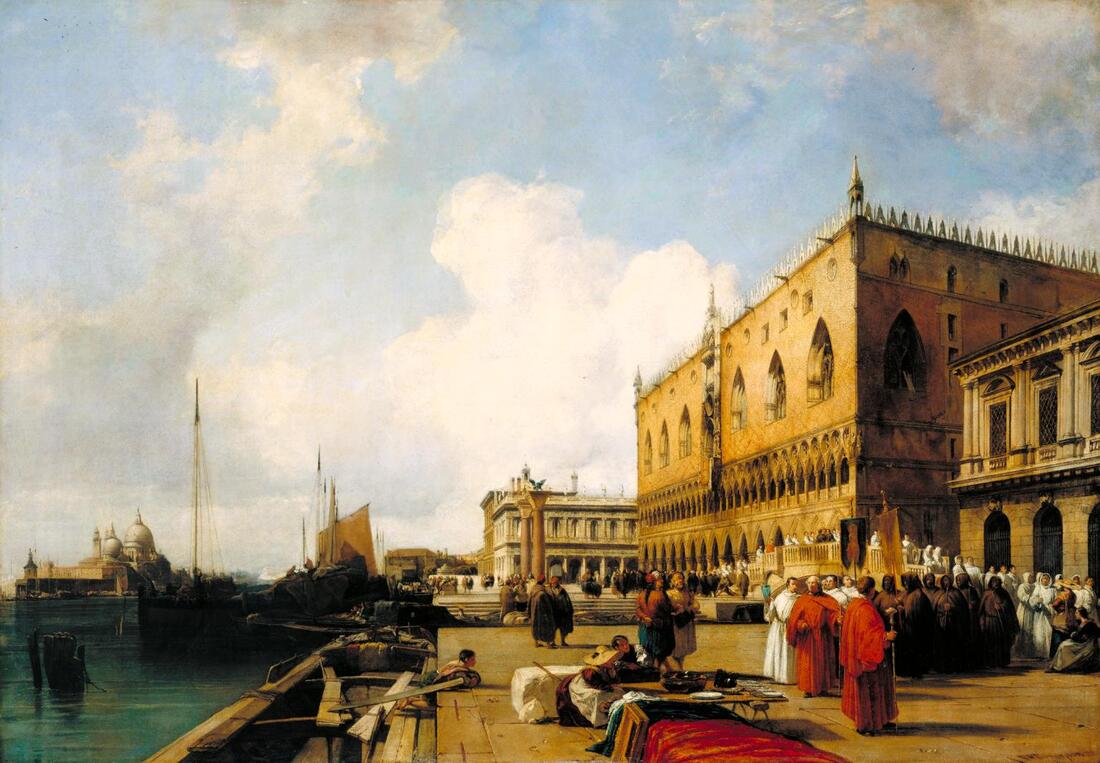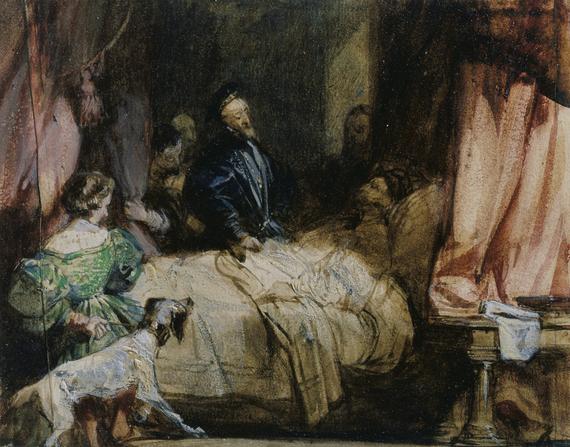An Appreciation: Richard Parkes Bonington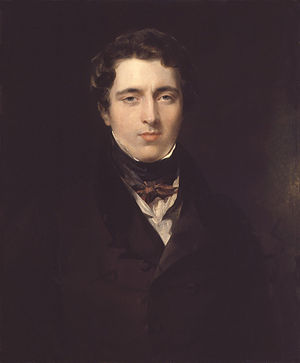 Richard Parkes Bonington by Margaret Sarah Carpenter Richard Parkes Bonington by Margaret Sarah Carpenter
Richard Parkes Bonington was an English landscape painter in the early 19th century. He spent most of his short life in France, where his art influenced subsequent generations of French artists.
Bonington was born in the small town of Arnold, nt far from Nottingham, on October 25, 802. His mother, Eleanor Parker, was a teacher and his father, also named Richard Bonington, was a drawing master and later a lace manufacturer. It is believed that the boy displayed talent for drawing from an early age and that he received his first training in watercolor painting from his father. In 1817, the Bonington's moved to France. Whether this was due to social unrest in England stemming from the industrial revolution or for economic reasons is unknown. They settled in Calais where the elder Bonington opened a lace manufacturing facility. While in Calais, young Richard received training from the watercolorist Francois Louis Franzia. Franzia had just returned from a long stay in England where he was a follower of Thomas Girtin. As a result, the training young Bonington received was in the English style pioneered by Girtin. Bonington also developed a love for the sea coast while in Calais. Consequently, coastal views became a frequent subject in his work. In 1818, the Boningtons moved again, this time to Paris where the eleder Bonington opened a lace shop. His son enrolled in the Ecole des Beaux Arts where he studied with Baron Antone-Jean Gros, At the same time, Bonington frequented the Louvre, studying the work of the Old Masters and copying Dutch and Flemish landscape paintings. Bonington and a friend made an extended tour of Normandy in 1821. During that trip, he made two watercolor paintings that he exhibited at the Paris Salon of 1822. He also made lithographs that were published as a successful travel book. The trip inspired Bonington to take more trips to gather subjects for his work. In 1824, Bonington traveled to Dunkirk, where he spent several months painting. On of the works he produced was an oil painting, which won a gold medal at the Paris Salon of that year. Also exhibiting at the Salon was John Constable and the paintings by the two Englishmen caused a sensation in Paris. As a result, Bonington developed a following in France and influenced French artists including the Barbizon School and the Impressionists. The next year, Bonington visited London. Eugene Delacroix was also visiting that city and Bonington renewed his friendship with Delacroix. On their return to Paris, the two artists shared a studio for awhile. Under Delacroix's influence, Bonington produced some history paintings but landscapes remained his primary interest. He was particularly interested in atmospheric effects and color. In addition. he was also an advocated of plein air painting. In 1826, Bonington made a tour of Northern Italy, spending a month in Venice. The city had great impact on him and he spent much time making drawings and watercolor paintings of Venice. He also studied the works of the Venetian masters, in particular Canaletto. Bonington made trips to London in 1827 and 1828 where he exhibited at the Royal Academy. He also exhibited at the Paris Salon. In the second half of 1828, Bonington had a severe attack of tuberculosis and his parents arranged for him to return to London for treatment. It was to no avail, however. Bonington died there on September 23. Bonington's influence on art is two fold. First, he was able to incorporate the subtlety of watercolor technique in his oil painting. Second, he was instrumental in bringing the English approach to landscape painting to France where it influenced Jean-Baptiste Camille Corot, the Barbizon artists and the Impressionists. |
Bonington often found inspiration in scenes of the French coast, e.g., "An Estuary in Northern France" (above) and "A Scene on the French Coast" (below).
Above: "On The Seine - Morning".
Above: Bonington was enthralled with Venice during his trip there in 1826. "The Ducal Palace with Religious Procession" is not only a scene of Venice but recalls Canaletto.
Below: "Charles I visits Francis I after the Battle of Pavia". Under Delacroix's influence, Bonington ventured into history painting. |
Artist appreciation - Richard Parkes Bonington
